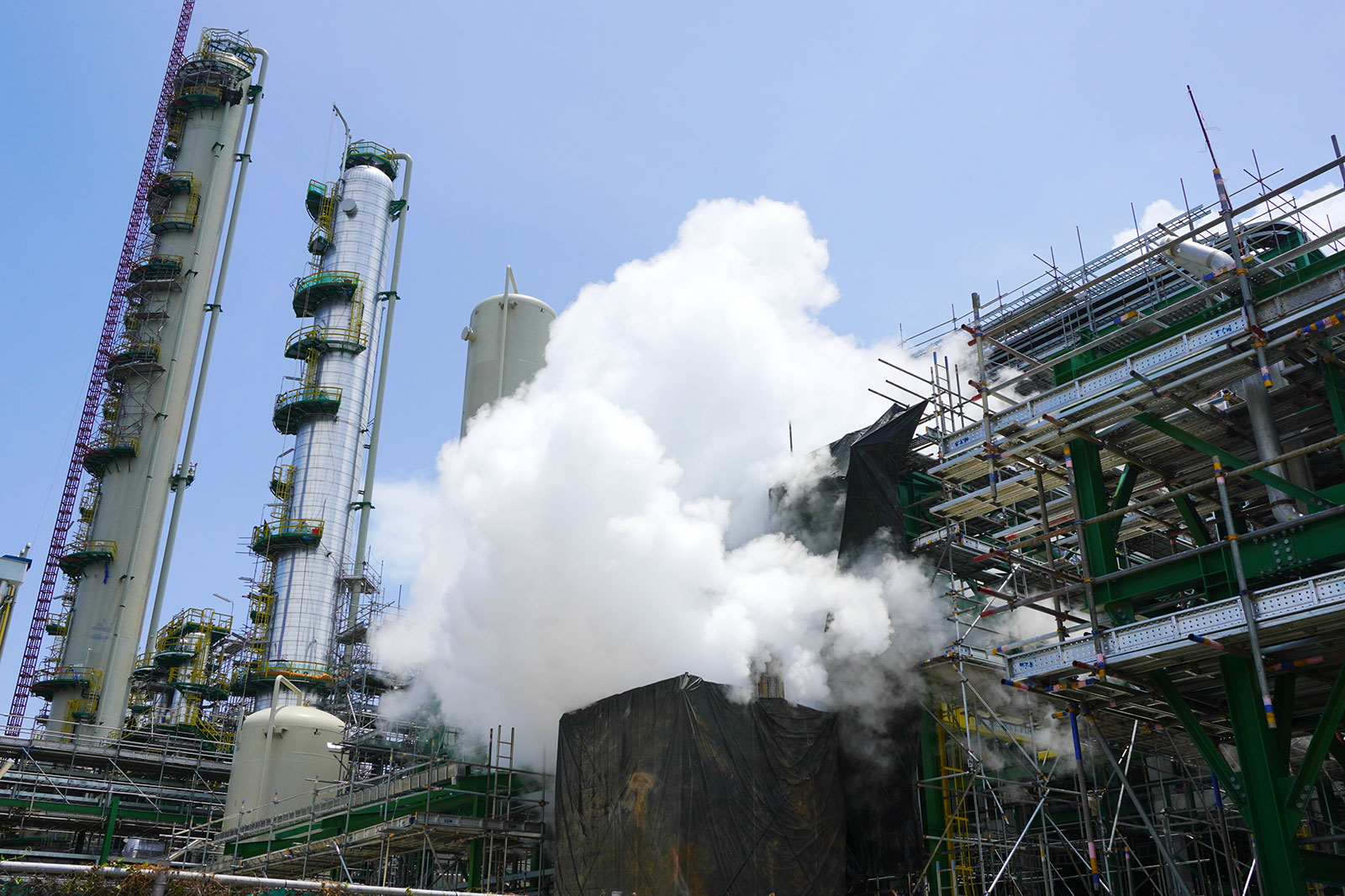Steam Blowing

AEKS offers specialized high-velocity steam blowing services for the pre-commissioning and maintenance of critical process systems in industries such as power generation, petrochemical, pharmaceutical, and energy infrastructure. Steam blowing is a proven method used to clean newly installed or refurbished piping systems, boilers, HRSGs (Heat Recovery Steam Generators), turbines, and superheaters, removing internal contaminants such as mill scale, weld slag, rust, debris, and construction residues.
By simulating real operational thermal and pressure conditions, AEKS ensures that systems meet required cleanliness standards before they are put into service—protecting critical equipment from damage, minimizing startup risks, and ensuring regulatory and manufacturer acceptance.
Steam Blowing Methods
We apply the most suitable method based on system design, material type, and project specifications:
- Continuous Steam Blowing – high-velocity steam flow maintained over a period of time to steadily carry debris through the discharge path.
- Intermittent (Puffing) Steam Blowing – rapid pressurization and sudden venting to create shock waves for dislodging stubborn debris and scale.
- Target Plate Verification – metal plates placed at the outlet to visually confirm the effectiveness of debris removal per cleanliness criteria (as per VGB and EPRI standards).
Typical Applications
- Steam pipelines and headers (main and auxiliary)
- HRSG units in combined-cycle power plants
- Waste heat boilers and superheater coils
- Turbine steam circuits and bypass systems
- High-pressure and medium-pressure steam distribution lines
- Pharmaceutical and chemical clean steam systems
- District heating network commissioning
Benefits of AEKS Steam Blowing
- Ensures safe and reliable startup of new or re-commissioned systems
- Prevents turbine damage and fouling by removing solid particles
- Reduces corrosion risk by eliminating mill scale and contaminants
- Complies with international standards (VGB-S-002-T-00; EPRI)
- Minimizes time to commissioning through optimized blow schedules
- Precise control and monitoring of temperature, pressure, and mass flow